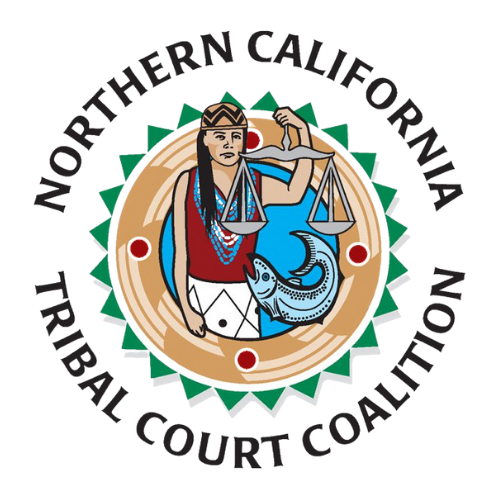Facing a road of obstacles to overcome the aftermath of surviving a crime can feel overwhelming. The amount of physical, psychological, spiritual, financial, and legal efforts needed to restore one’s life is challenging enough. Yet, due to PL-280, those living in Indian Country may encounter extra barriers in order to receive basic services such as reporting a crime or filing a tribal restraining order. Victims of crime should be walking on the road towards healing. How can we help victims of crime who live in Indian Country navigate a jurisdictional maze? How did we get here and how does one navigate it?
Where does this maze begin?
The General Crimes Act (1817) and the Major Crimes Act (1885) set the stage for jurisdictional confusion in Indian Country. These Acts made it possible for the federal government’s ability to impose concurrent jurisdiction between federal and tribal governments.
The General Crimes Act was enacted by Congress in 1817. This Act created federal court jurisdiction over: 1) some federal crimes committed by Indian offenders against non-Indian victims; and 2) all crimes against Indian victims by non-Indian offenders.
The Major Crimes Act was enacted by Congress in 1885 to grant federal jurisdiction over 7 named crimes in Indian Country: murder, manslaughter, rape, assault with intent to kill, arson, burglary, and larceny. Now more than 42 crimes are included in the subsections referenced in the Major Crimes Act.
Sharing concurrent jurisdiction between two governing bodies was challenging enough. However, in 1953 Congress brought state jurisdiction into Indian Country as well. Public Law 280 (PL 280) is a Termination Era law that was enacted by Congress in 1953. PL 280 is a federal statute that passed criminal jurisdiction over Indian Country to the following states:
California……All Indian country within the State
Minnesota….All Indian country within the State, except the Red Lake Reservation
Nebraska…..All Indian country within the State
Oregon……..All Indian country within the State, except the Warm Springs Reservation
Wisconsin…All Indian country within the State, except the Menominee Reservation
Pursuant to PL 280, the Major Crimes Act and the General Crimes Act are no longer applied to Indian Country in PL 280 states. Consequently, state criminal laws and jurisdiction apply to criminal activity in Tribal communities. Although PL 280 transfers this federal responsibility to states, Tribes continue to have Tribal criminal jurisdiction over Indians and non-Indians that commit crimes defined by VAWA.
Pursuant to PL 280, Indian and non-Indian parties involved in a civil dispute may take their case to Tribal Court or state court. PL 280’s civil provisions allow for a state court judge to hear a civil dispute that arises in Indian Country and to apply Tribal law to that civil dispute, if Tribal law does not conflict with state law.
What does this mean for victims of crime?
The jurisdictional responsibility over a violent crime occurring on Tribal lands depends on the type of crime that occurs, the Indian status of both perpetrator and crime victim, and applicable Tribal laws. If a Tribe has adopted criminal laws and has a criminal justice system, the Tribe can bring charges against a perpetrator of a violent crime in their own Court system.
An Emergency Protective Order (EPO) or Restraining Order granted by a Tribal government should be honored by county and state governments and law enforcement officers. However, because of the complex nature of multi jurisdictional issues, some peace officers may not recognize the official order provided by a Tribal Court. This can cause hardship for a victim of crime who may be seeking the protection of law enforcement to uphold the EPO if they find the perpetrator violating the order.
Considerations for filing the complaint may include where the crime was committed, location of the nearest court, and the Tribal membership status of the perpetrator and the survivor. A victim of crime should discuss with their attorney if there are pros and cons associated with filing their complaint in Tribal or state jurisdiction.
Survivors of crime do have resources available to them to aid their decision making process. For support contact a victim advocate, Tribal Court, or local law enforcement agency. NCTCC provides a self-help Mobile Application tool containing an exhaustive list of victim resources. You can also refer to the “Criminal Justice System Explained” section of the NCTCC Mobile Application for help with determining where to report a crime.
To learn more download the NCTCC Mobile Application.
Android https://play.google.com/store/apps/details?id=com.shufflelabs.nctcc
